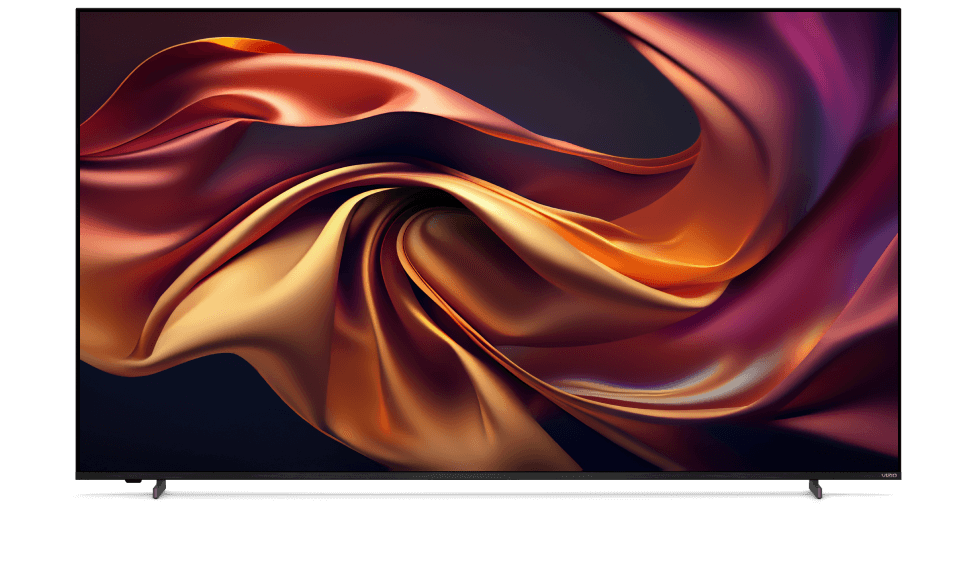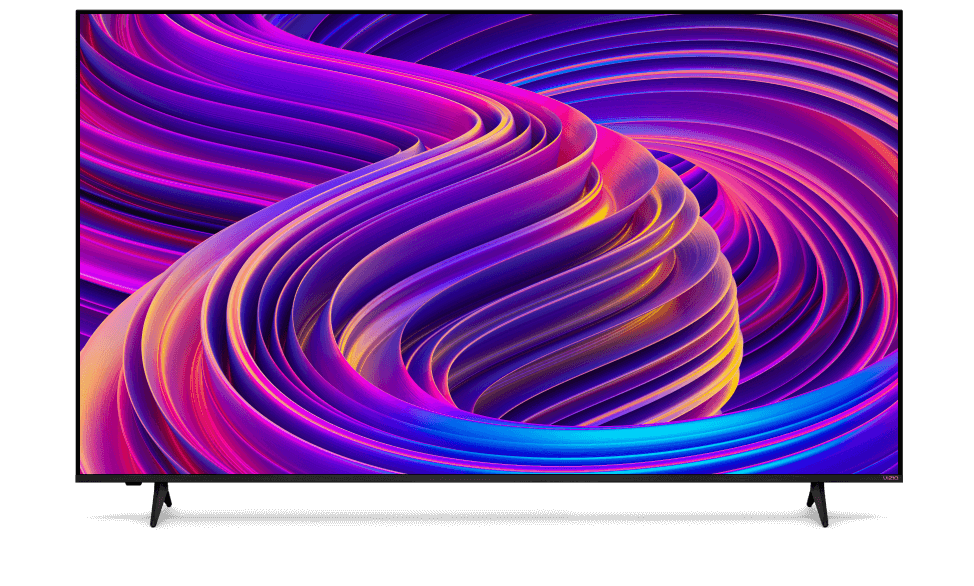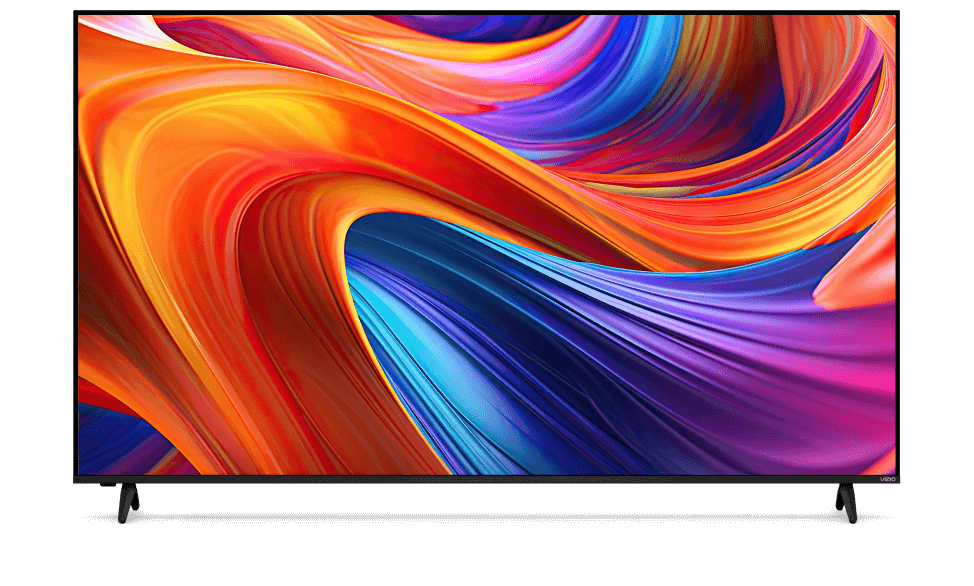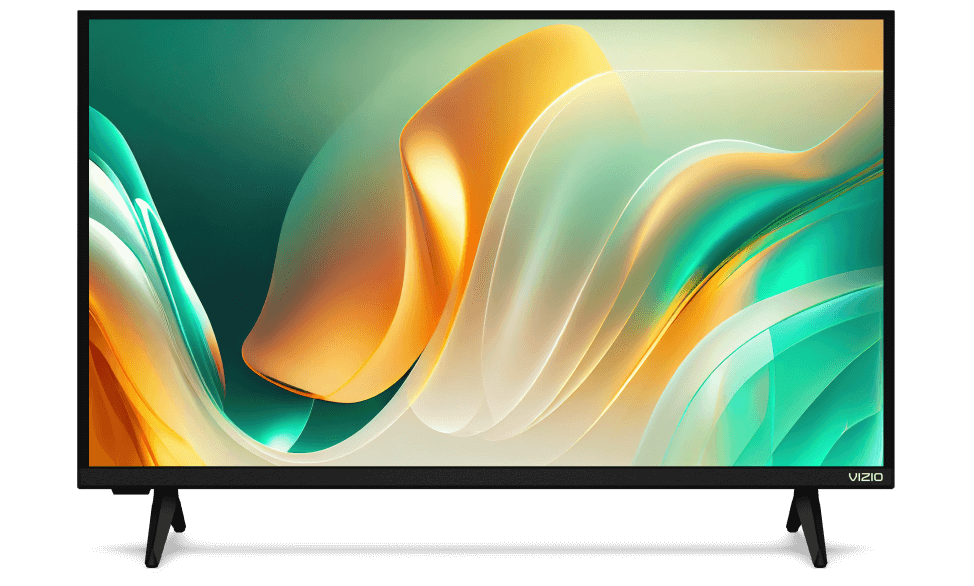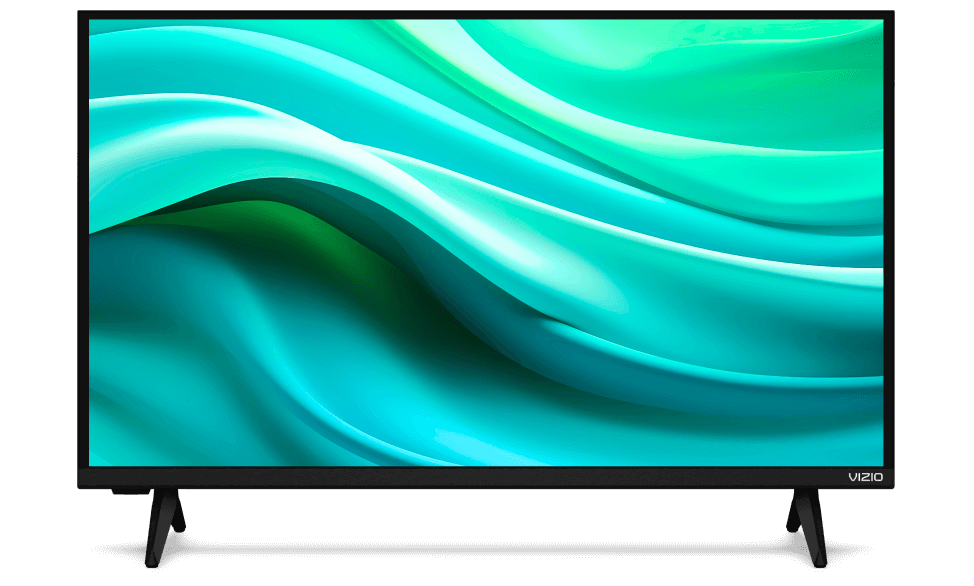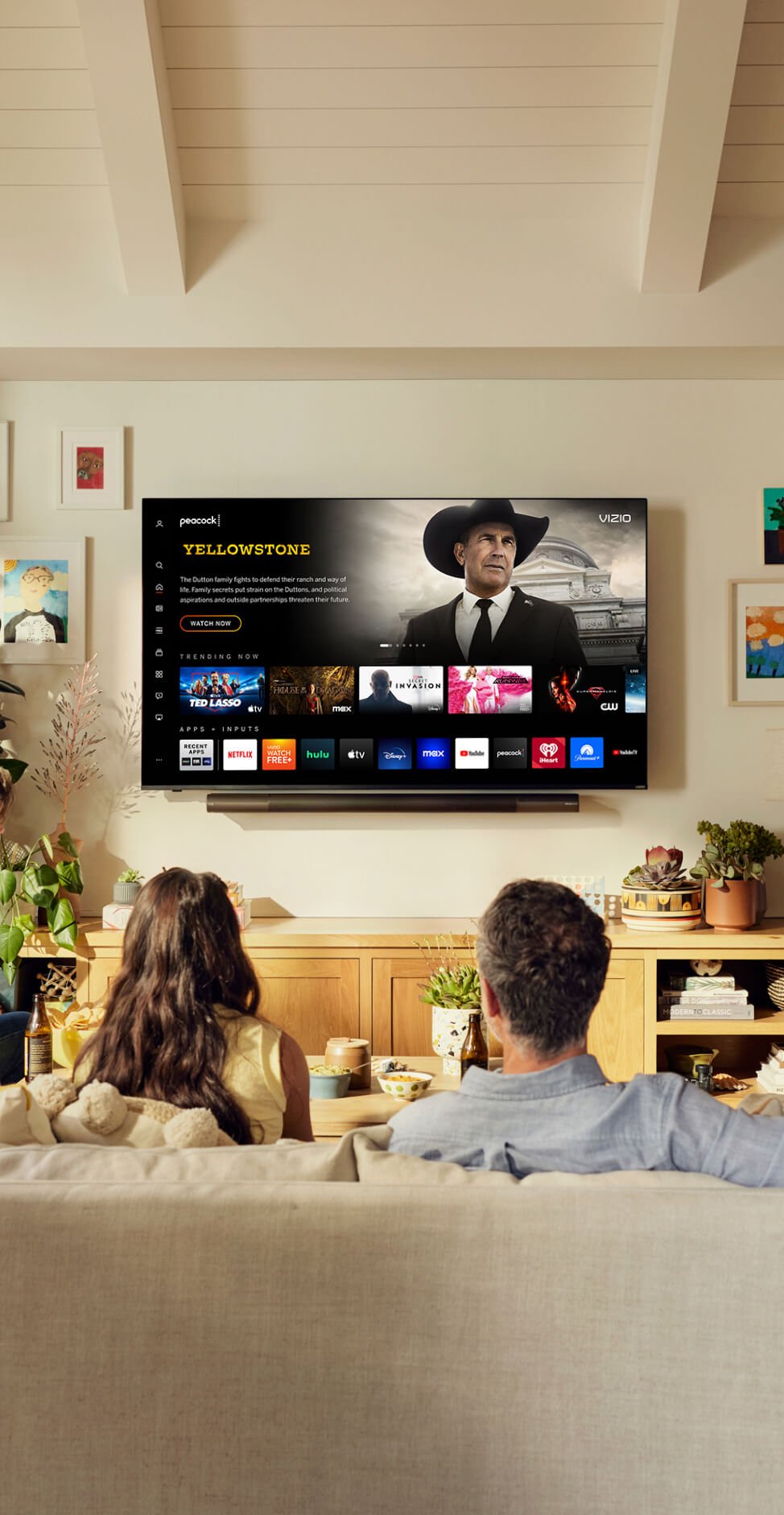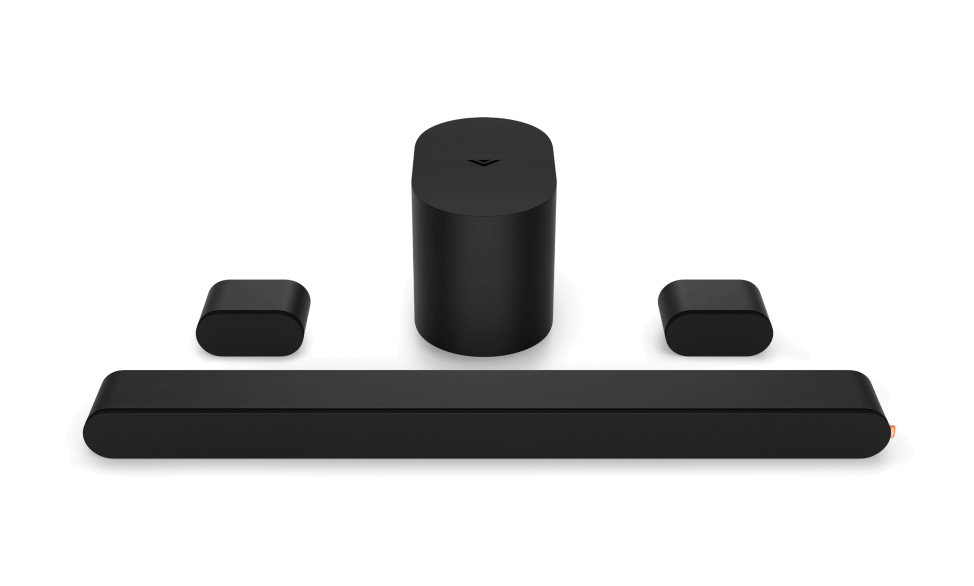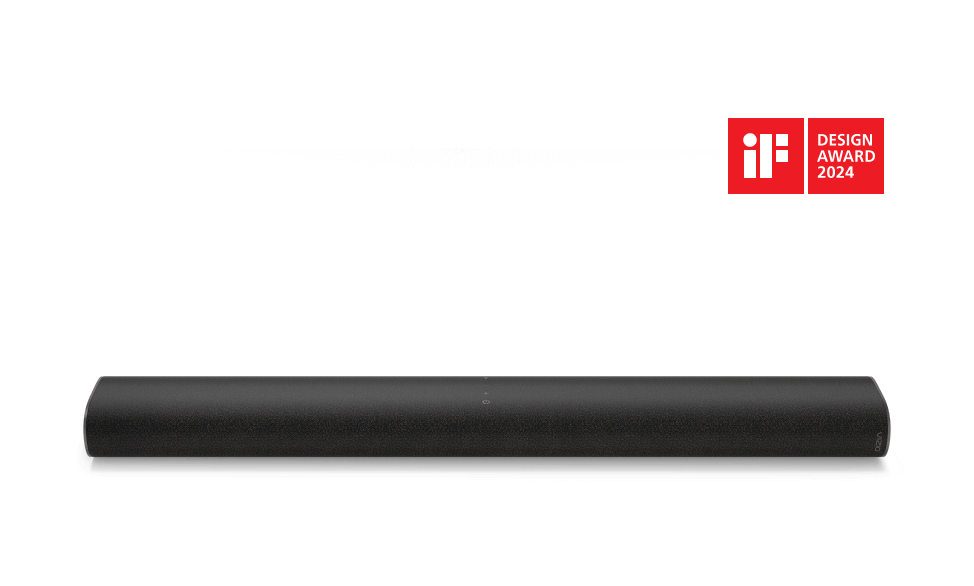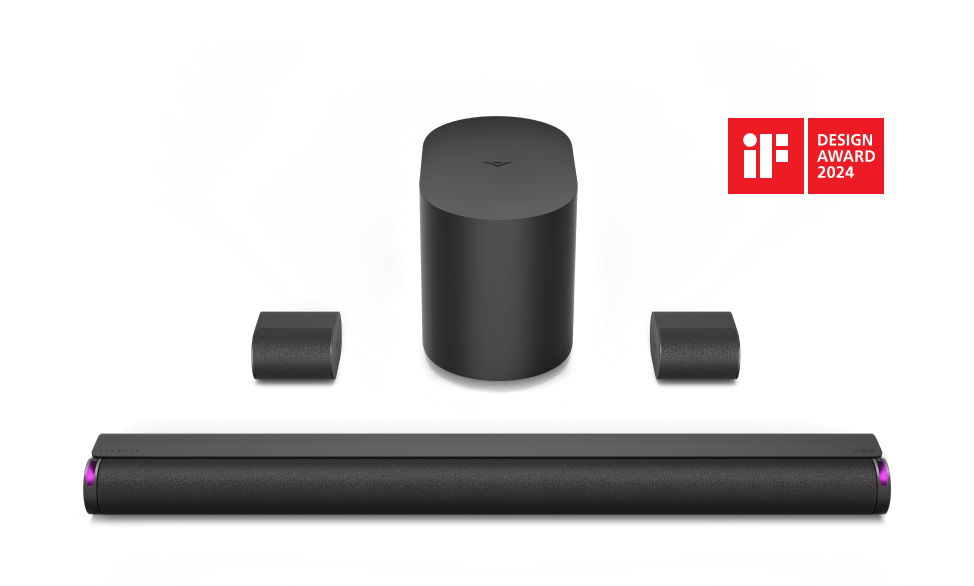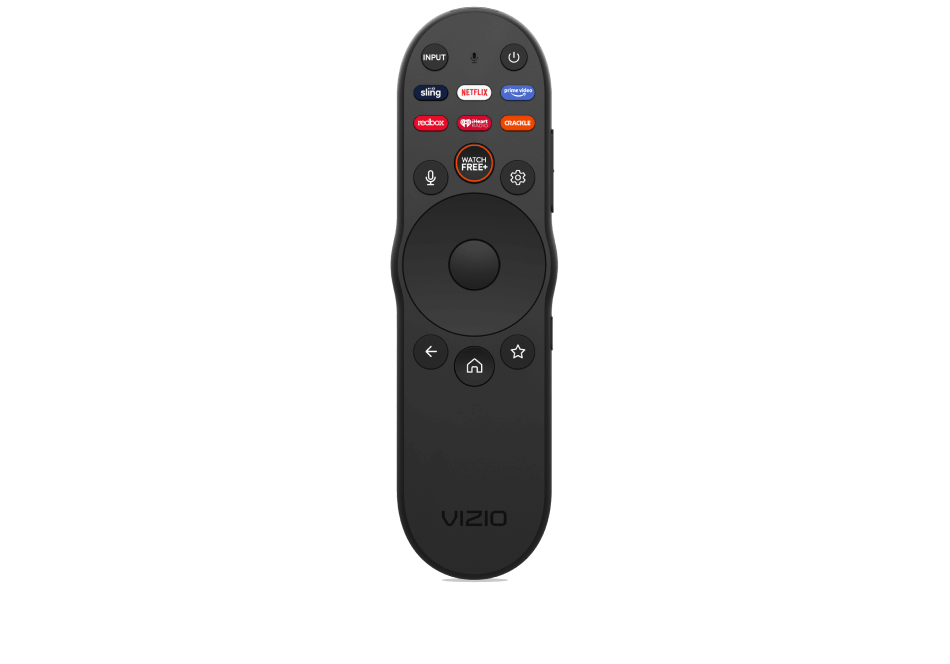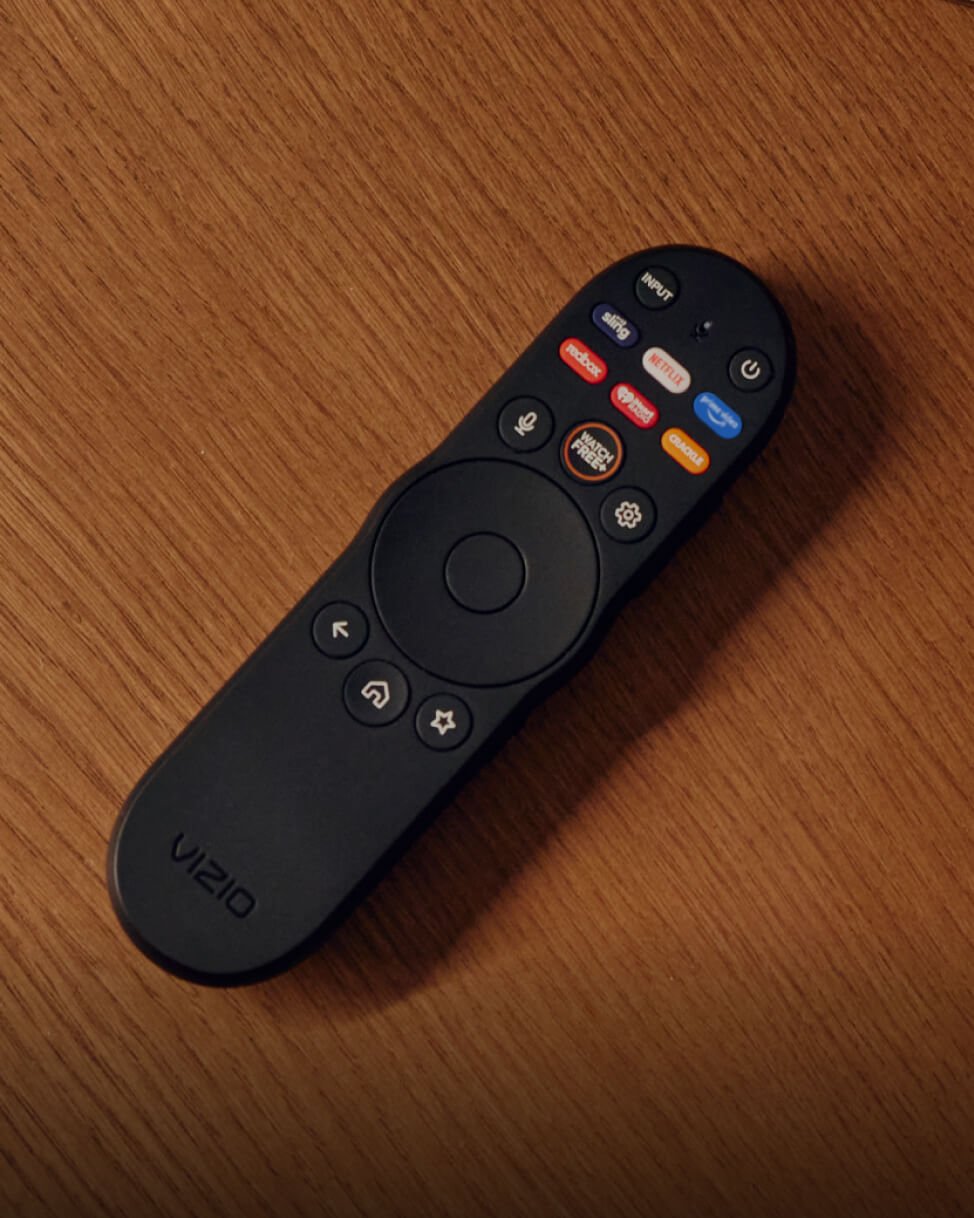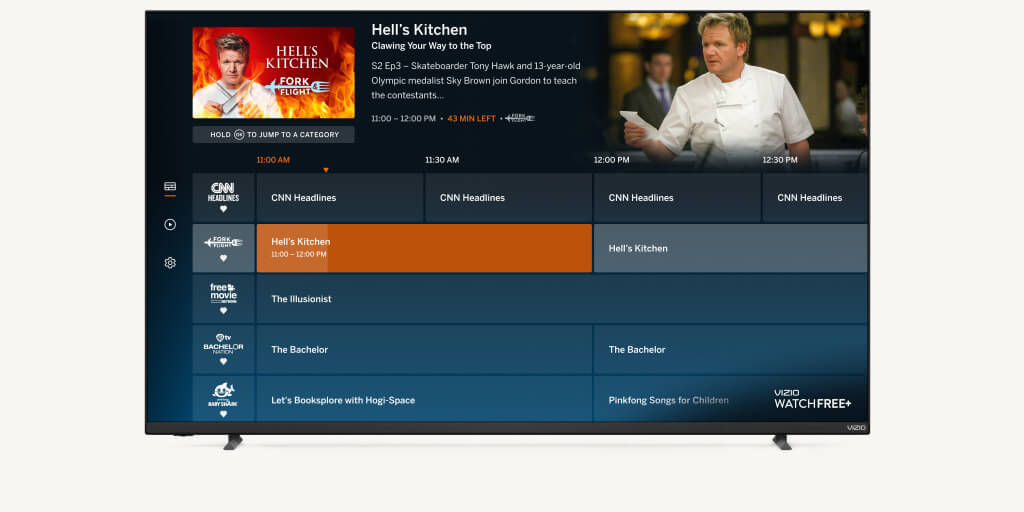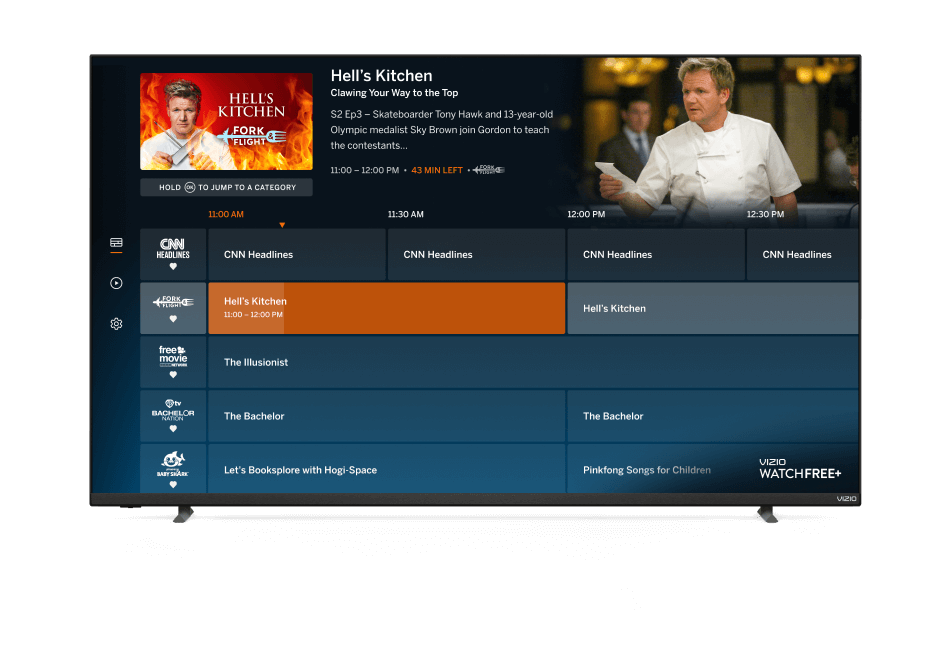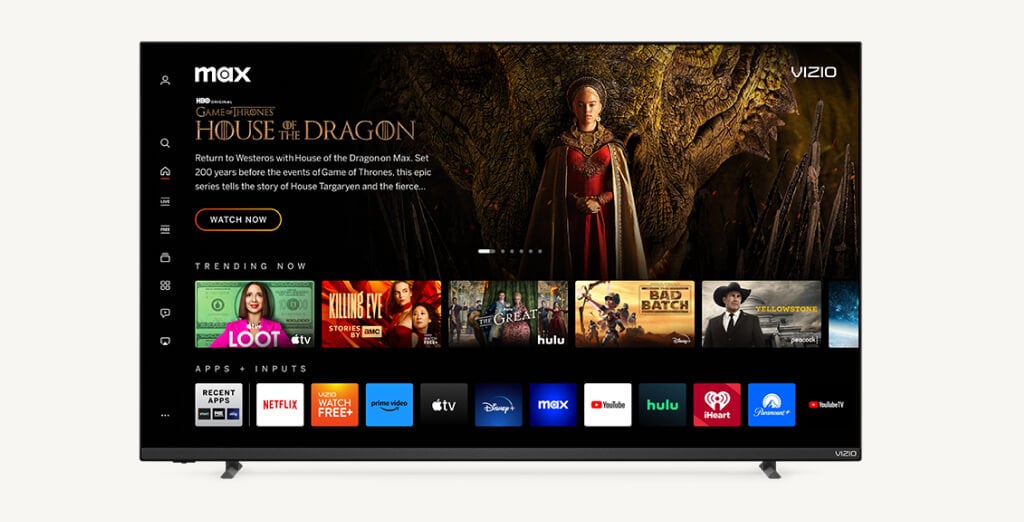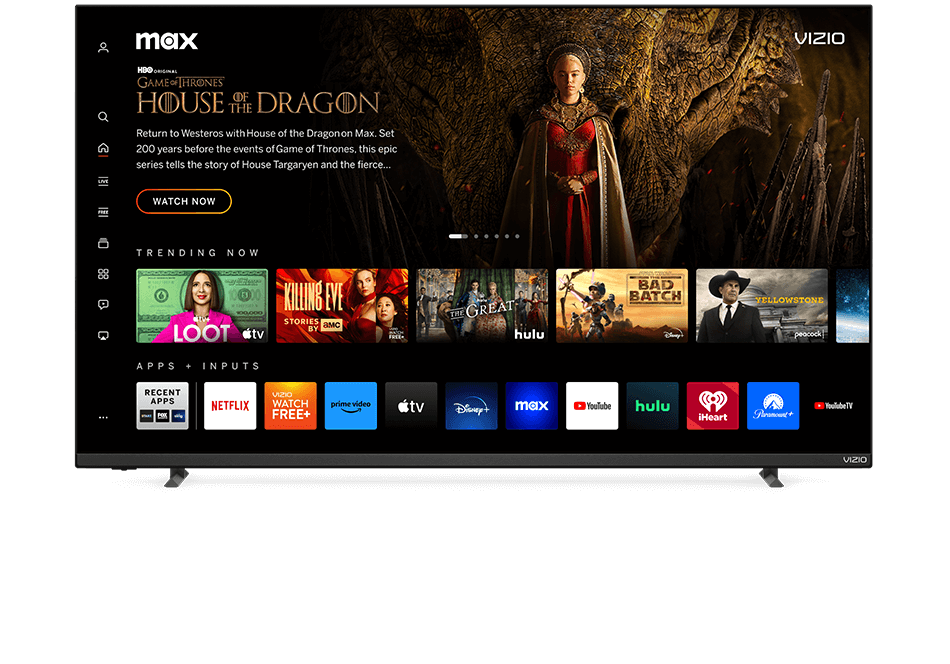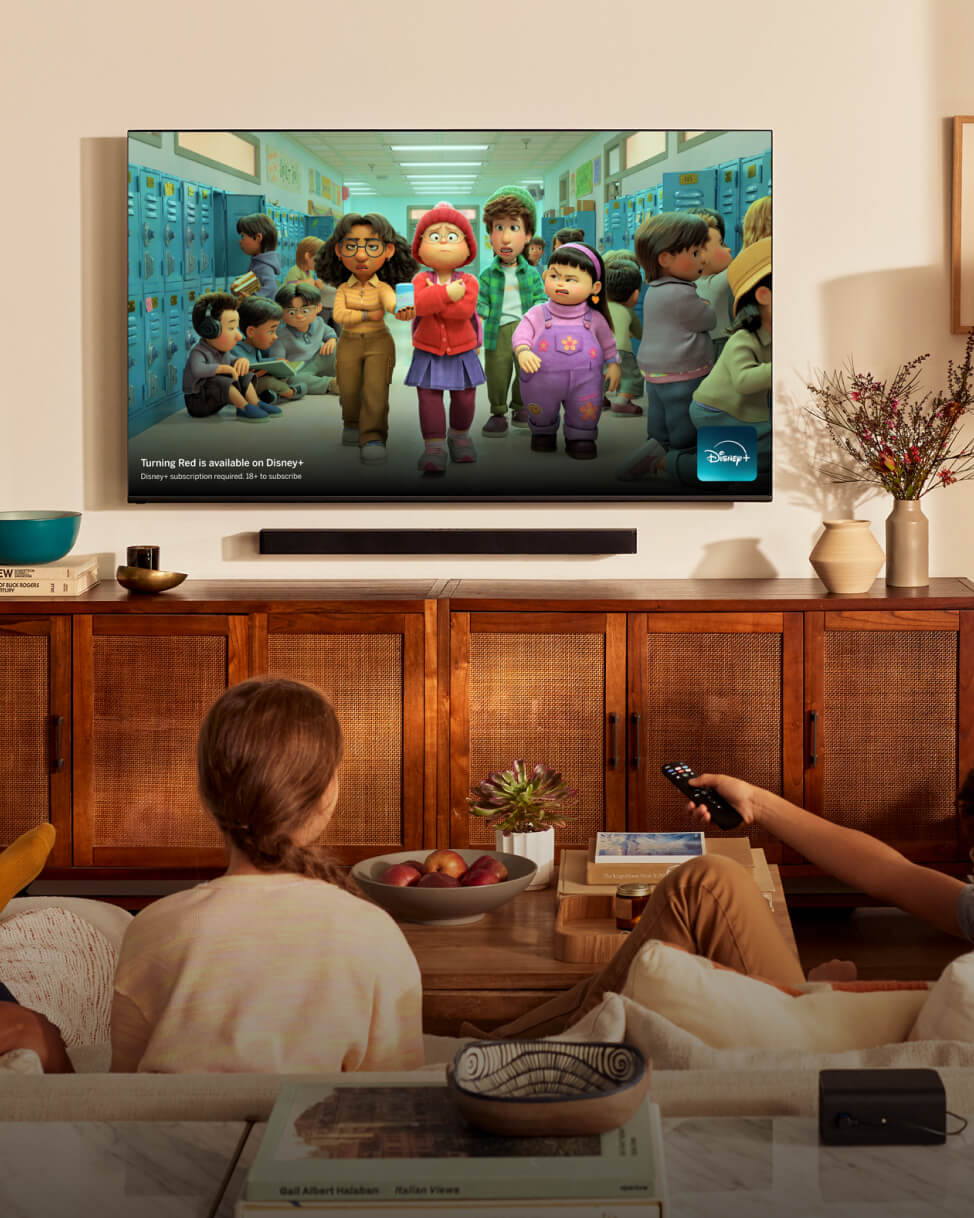California Proposes Plan to Ban Sale of High-Energy TVs
September 19th, 2009
By: Kevin OLeary
TIME
California has 35 million television sets — one for nearly every man, woman and child — and television use in the Golden State accounts for 10% of each home's energy bill. Alarmed that state energy consumption would spike as consumers switch from the old cathode-ray-tube sets to the new, energy-gobbling flat screen liquid-crystal display (LCD) or plasma televisions, the state's regulatory mavens have formally proposed regulations that would force the industry to make more energy-efficient models.
Following a 45-day public comment period and a vote by the powerful California Energy Commission in November, the first-in-the-nation TV efficiency standards would go into effect in January 2011 and would require televisions sold in California to use 50% less energy by January 2013. Strict-target limits on greenhouse gas emissions for 2020 are propelling policymakers to cut consumption of energy and increase renewable generation.
The Consumer Electronics Association argues the proposed regulations will result in a loss of sales and jobs. "We think this is the wrong paradigm to actually achieve energy efficiency," said Doug Johnson, senior director for technology policy for the industry association. "The commission is carelessly rushing its own plan which is flawed and unworkable without considering alternative approaches to reduce energy consumption." The association favors the voluntary federal Energy Star program, which rewards manufacturers that meet efficiency goals with prominent labeling on their products, but doesn't penalize those that don't.
But a number of manufacturers support the proposal. "We are continuing to look for ways to reduce the energy needs of our products," said Kenneth R. Lowe, vice president and co-founder of Vizio, a leading LCD manufacturer based in Southern California. "We think the regulations will be good for the environment and good for the consumer." Lowe notes that the new 4.0 Energy Star program, set to begin in May 2010, is very similar to the regulations proposed by California for January 2011. All of Vizio's models will be 4.0 Energy Star compliant, he says. And hundreds of industry models already meet the energy efficiency standards proposed by California, including new super-efficient LCD televisions, sized 50 inches and larger, from Sharp and Samsung.
The challenge for California — and the nation — is that two-thirds of the televisions in use are the old-fashioned but energy efficient cathode-ray-tube (CRT) sets, no longer being manufactured. In California, 4 million new sets fly off the shelves annually. LCD screens now dominate the market. (Plasma televisions, which use approximately 32% more energy than LCD sets, have dropped to 5% market share.) In 2007, LCD televisions surpassed CRT-based televisions worldwide for the first time.
As these older models are replaced by flat screen televisions that are "less efficient per inch and have much larger screens," says David Johnson, a Los Angeles attorney specializing in the electronics industry and digital media, "you could easily see a doubling of energy consumption. That is the impetus behind these regulations. Most industry people think they will be adopted." The state's Energy Commission reports that the voluntary Energy Star program would "only obtain 27% of the calculated $8.1 billion in potential energy savings for consumers" that would result from the proposed standards.
The proposed regulations are "designed to be cost effective for the consumer over the life of the appliance," says Energy Commission spokesperson Susanne Garfield. The Commission expects California consumers to save between $50 and $250 in electricity costs over the life of the new televisions, and collectively save homeowners nearly $1 billion once the 2013 rules are fully implemented.
California has a record of aggressive conservation standards that have paid off. Despite an increase in population and more appliances consuming power in homes and businesses, per capita energy consumption in California has remained flat for the past 30 years. The energy efficiency campaign began in 1975 with refrigerators; today, says Garfield, there are more, larger models and they use approximately one-quarter of the energy as before. California's per capita electricity consumption has remained constant at approximately 7,000 kilowatt-hours while the rest of the United States has increased 40 percent or roughly 12,000 kilowatt-hours per person.
Economists at the University of California, Berkeley, have developed a model that shows if California improves energy efficiency by just 1 percent per year, the state's climate policies will increase the gross state product by approximately $76 billion, increasing real household incomes by up to $48 billion and create as many as 403,000 new jobs.
The proposed regulations only apply to televisions up to 58 inches. In a concession to critics during a yearlong process of developing the regulations, the Commission's staff decided not to regulate the super screen television entertainment units that are primarily an industry of small entrepreneurs.
"That's a good thing," said Leon SooHoo, owner of Paradyme Sound and Vision in Sacramento. "Previously, they did not have that exemption." SooHoo believes the regulations are overkill because manufacturers are already moving aggressively on energy efficiency.

